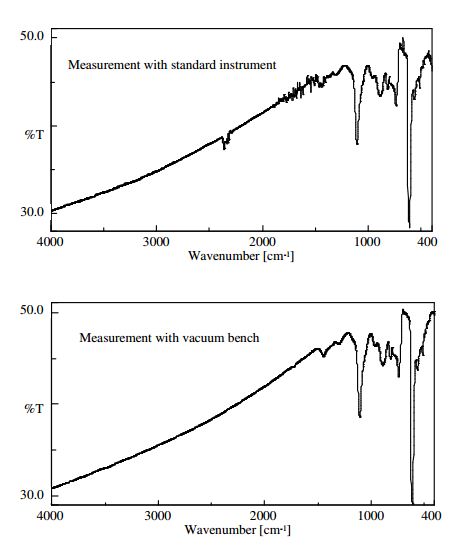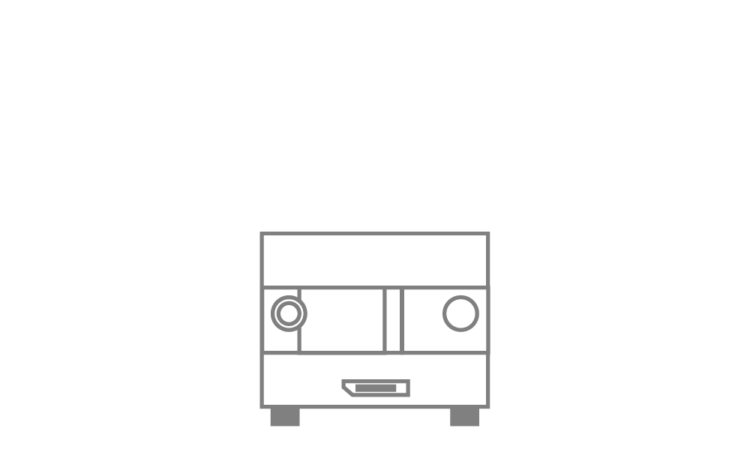Analysis of silicon wafers by vacuum FTIR
January 5, 2024
Introduction

Due to the high refractive index of silicon wafer samples, there is a correspondingly high reflectance from the sample. If the sample is placed directly in the sample compartment, vertical to the incident source beam, the reflection of the source returns to the interferometer, is reflected by the beamsplitter and then illuminates the sample again. As a result, the sample pathlength of the sample measurement is different from the background measurement and excessive noise is observed due to the atmospheric water vapor, even with a purged instrument. While it is possible to adjust the angle of the sample with respect to the incident source illumination, using an evacuated FTIR instrument allows measurement of the sample vertical to the incident illumination without any interference due to the water vapor.
Condition
| Resolution: | 4 cm-1 |
| Accumulations: | 16 |
| Detector: | DLATGS |

Keywords
220-TR-0164
Featured Products:

Analysis of silicon wafers by vacuum FTIR
Introduction

Due to the high refractive index of silicon wafer samples, there is a correspondingly high reflectance from the sample. If the sample is placed directly in the sample compartment, vertical to the incident source beam, the reflection of the source returns to the interferometer, is reflected by the beamsplitter and then illuminates the sample again. As a result, the sample pathlength of the sample measurement is different from the background measurement and excessive noise is observed due to the atmospheric water vapor, even with a purged instrument. While it is possible to adjust the angle of the sample with respect to the incident source illumination, using an evacuated FTIR instrument allows measurement of the sample vertical to the incident illumination without any interference due to the water vapor.
Condition
| Resolution: | 4 cm-1 |
| Accumulations: | 16 |
| Detector: | DLATGS |

Keywords
220-TR-0164

 Download This Application
Download This Application
